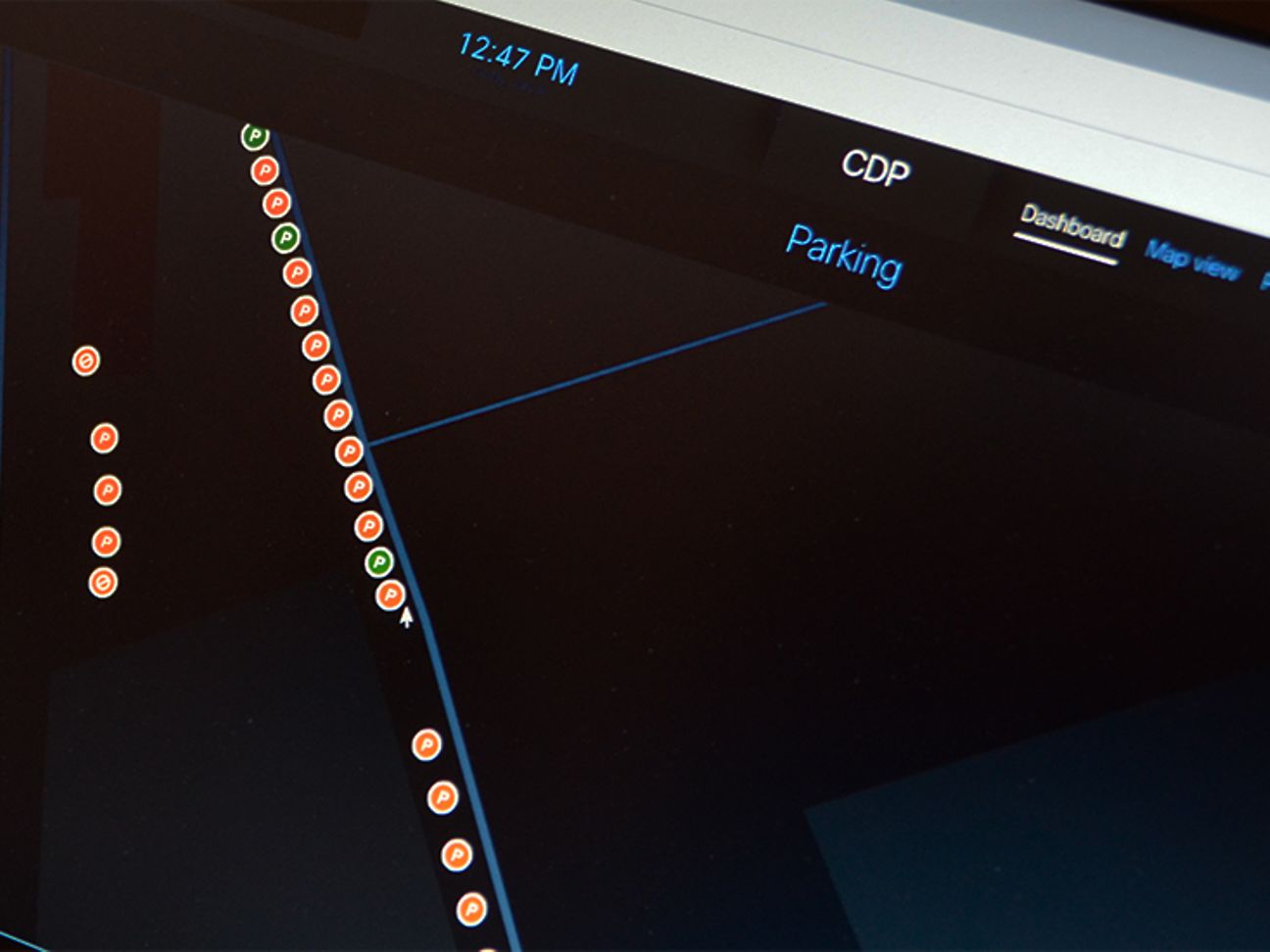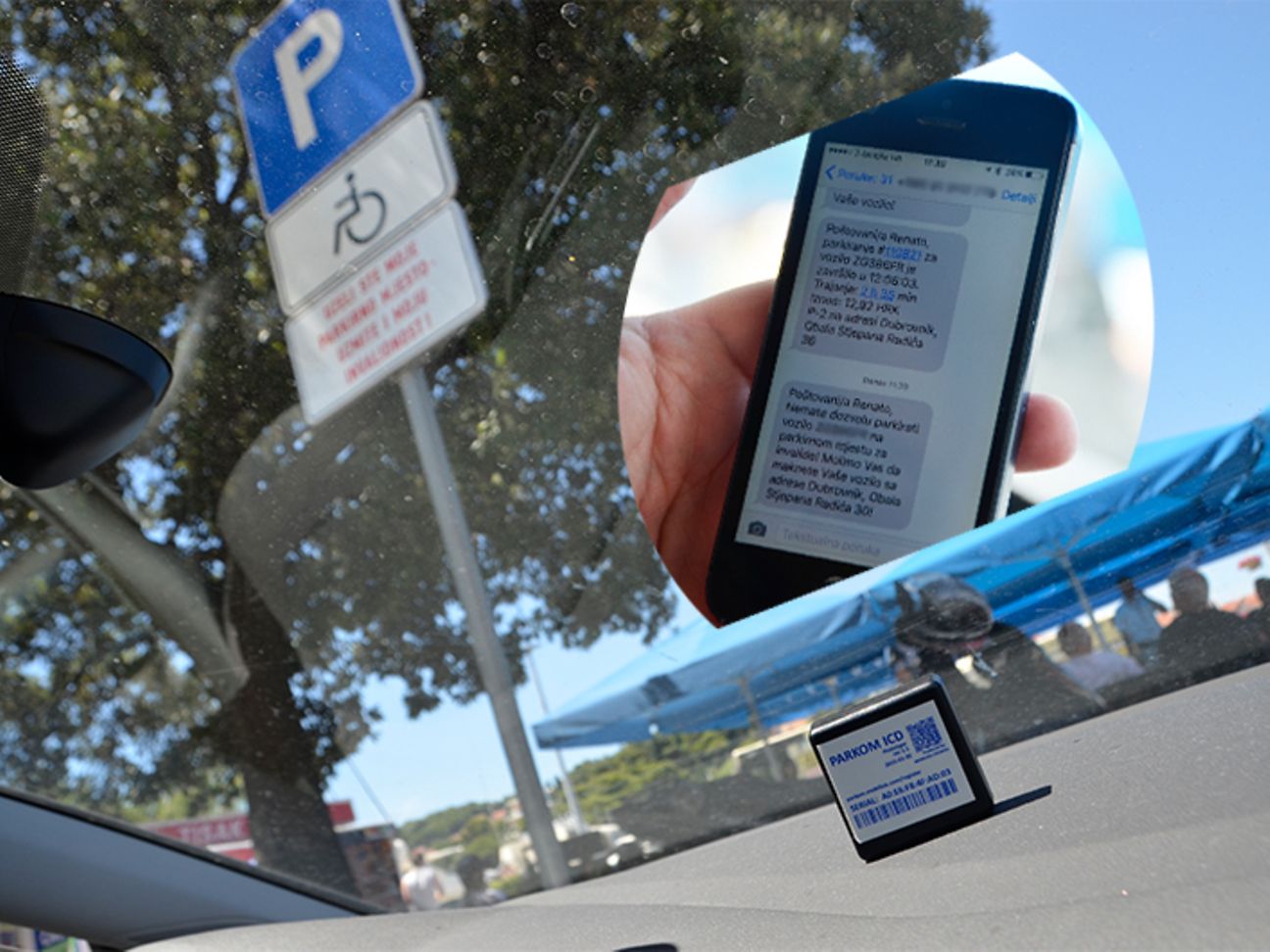

With its smart street Dubrovnik is making its first steps towards a smart city. But will people embrace this technology in an ancient city full of history at one of Croatia’s main holiday destinations on the beautiful Adriatic coast? Or will it clash with the beauty of this place?
We already wrote about smart cities, what defines a city as a smart one and what solutions there are already in place. Let’s see what this means in reality by checking what Dubrovnik’s trial entails and where it might lead in future.
Beautiful old churches, palaces and fountains. Two kilometers of ancient city fortifications and walls. The old city of Dubrovnik is an unmissable holiday destination for tourists from all around the world visiting Croatia. It is a breathtaking place full of history, which undoubtedly earns its spot on the UNESCO list of World Heritage Sites. But Dubrovnik is more than just the old city of Dubrovnik. It is one of the shooting location for the HBO series Game of Thrones. It is a port handling more than a million cruise ship passengers per year. And it is one of our important field test areas when it comes to smart city solutions.
Why choosing a touristic and historical city for testing and developing smart city solutions? “Because, we wanted to have a realistic environment to test and develop solutions. And the reality is never easy”, explains Renato Totic from Hrvatski Telekom, who coordinates smart city activities in Dubrovnik, on our way to the smart street. And he is right. Located directly at the port, thousands of tourists pass by Dubrovnik’s smart street everyday on their way to the old city. The parking situation is more than confusing and the road section is frequently used – even throughout the night.
Arriving by car, we couldn’t find a parking spot since everybody parked as they saw fit regardless of how the parking lots where located. This is also a challenge for the smart parking solution. To be able to show free spots, sensors are installed every 1.5 meters, instead of one sensor beneath each parking lot. If three sensors in a row are free, there should be a spot. The sensors are connected to a smart-city-platform, aggregating all smart-city-data collected in the trials. This platform sends information about the free parking spots to the parking-displays in real time. In future, an app can directly guide the driver to the free spot. It will look a bit like that:
A second part of the parking solution focuses on the payment. With the help of a small box the system recognizes which spot the driver occupies for how long and processes the payment automatically – for example via the mobile bill. Pretty cool solution. But the moment the text message popped in as Renato demonstrated it to me, I learned how cool it really was. Instead of telling him which spot he was at and what the hourly amount will be, he got a friendly reminder that he was not allowed to park there since it was a parking space for disabled people. The text message kindly asked him to leave it immediately. :D
Up next: free wifi of course! Well, what can I say? Works smoothly, nice downstream of up to 50 MBit/s and of course it is always good to have free wifi, though nowadays this is pretty much expected – especially in a street where a lot of tourists pass by.
Our Croatian colleagues are also testing services that can improve the work of the city authority. The smart lighting solution for example tracks the vehicle movements on the street to improve energy usage. If no car is using the street, the lamps can be dimmed to 80 or even 50 percent and therefore save a lot of energy and money. Developing smart city solutions in general is more than just testing potential innovations. To Renato it’s very easy: search for the problems in people’s everyday life and improve them through smart solutions while aggregating information on one (smart-city-)platform. Important: since the needs differ from city to city, smart city solutions always need to be customized to the given circumstances together with local partners.
It might be to early to tell how living in future smart cities like Dubrovnik will be. But talking to Renato I already got a feeling of the potential smart cities will have in improving our life throughout the day. If it was up to Renato you would probably be able to experience dozens of smart city solutions in Dubrovnik in the next years. But the solutions need to be developed jointly with the city administration and local partners. And of course implementing smart solutions needs investment. I am curious to come back in a few years to see how far the city administration and Renato have come in simplifying the everyday life of Dubrovnik’s citizens and visitors. And by the way, smart city solutions and history can perfectly fit together. :)




